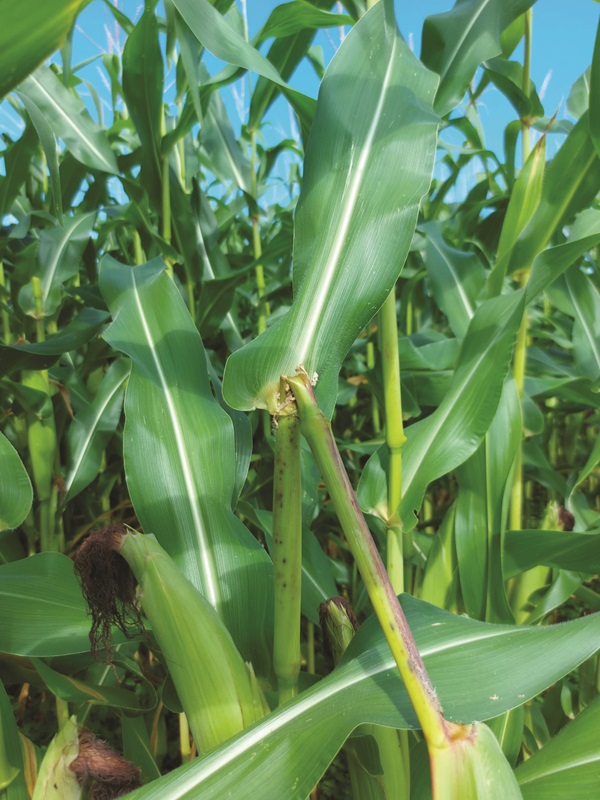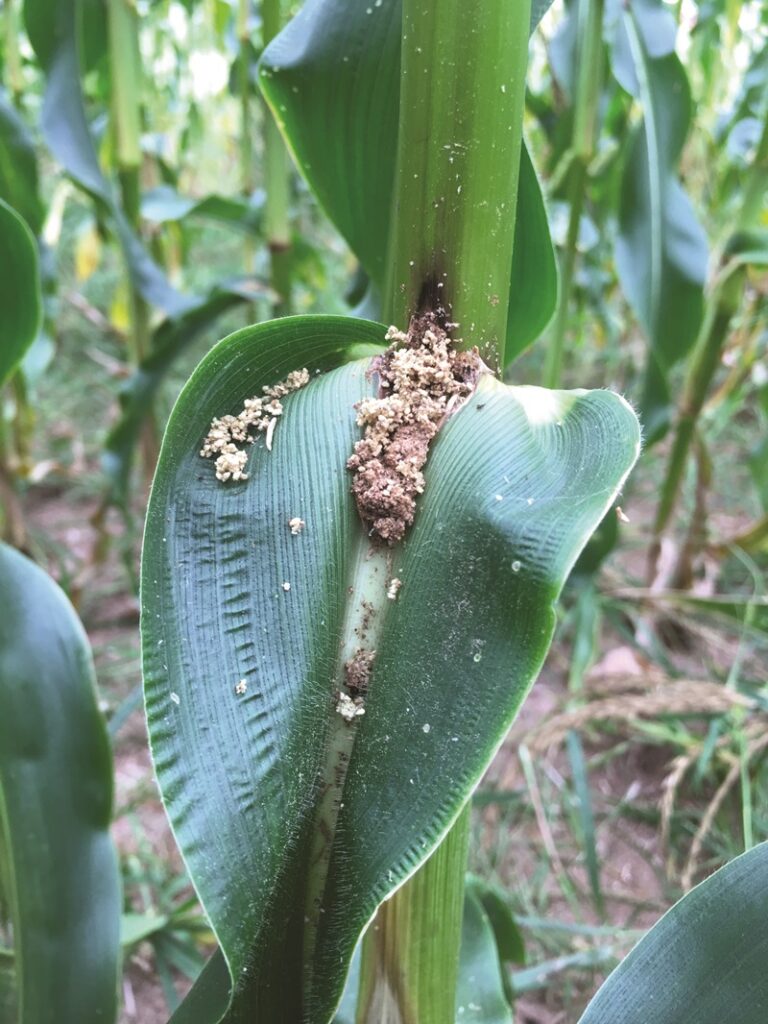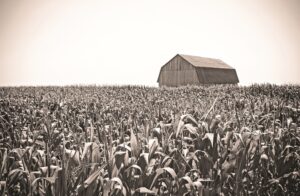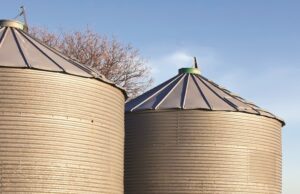European Corn Damage in Bt Corn
AGRONOMIC INFORMATION FROM ONTARIO'S CROP SPECIALISTS

Ontario Ministry of Agriculture, Food and Agribusiness
SOME EUROPEAN CORN BORER (ECB) POPULATIONS IN NORTH AMERICA ARE BECOMING LESS SUSCEPTIBLE TO BT CORN. This means we need to go back to past practices, including scouting Bt fields for ECB injury and shredding stalks during or shortly after harvest to slow the spread of resistant ECB populations.
Since 2018, Cry1F resistant populations of ECB have spread across Nova Scotia and found in fields near Carman, Manitoba and Montreal, Quebec. In addition, in 2023, feeding injury on plants containing both Cry1Ab and Cry1A.105 was found near Truro, Nova Scotia and on plants containing Cry1Ab, Cry1A.105, and Cry2Ab2 near Sussex, New Brunswick and New Haven, Connecticut. These reports suggest that ECB populations are becoming less susceptible to all four Bt proteins used in Bt hybrids for ECB management. These warning signs stress the need to scout and report any ECB injury found on Bt corn.
SCOUTING

frass and stalk tunnelling at the leaf axils, broken
tassels, and bent or broken stalks (J. Smith, UGRC).
Anyone using ECB Bt hybrids in North America is recommended to scout their Bt fields at least once before harvest (preferably weekly) while plants are still green. Eastern Ontario needs to be extra vigilant as it neighbours provinces with known resistant populations, but all growers in Ontario should start this practice.
Scout between 10 to 20 areas of the field after the V6 stage, looking for signs of ECB injury, including leaf or whorl feeding, frass, and stalk tunnelling in the midrib or at the leaf axils, bent or broken stalks and the tell-tale sign broken tassels (Figure 1). Report any signs of this type of feeding injury to your seed provider and Tracey Baute, OMAFA (tracey. baute@ontario.ca; 519-360-7817). Do not assume that the injury found is only on the non-Bt integrated refuge plants, especially if the injury is found on several plants in the same area. Gene checks on green plant tissue can confirm that the injured plants are expressing Bt proteins, and ECB collections can be tested for resistance at the University of Guelph Ridgetown Campus.

PREVENTION
To reduce the risk of resistance developing, do not plant Bt corn hybrids that contain only one Bt protein against ECB, and avoid planting ECB Bt hybrids that contain the same combination of Bt proteins each year.
To help reduce the spread of resistance, consider shredding stalks during or shortly after harvest. ECB overwinter in corn stubble left after harvest and pupate in the spring, emerging as adult moths that fly to nearby corn fields. By shredding stalks during or shortly after harvest, ECB populations are killed, eliminating the spread of any resistant populations. Tilling corn stubble under without shredding them first is not as effective.
More information on ECB biology can be found on Ontario CropIPM (https://cropipm. omafra.gov.on.ca/) and the Canadian Corn Pest Coalition website (www.cornpest.ca). •


























